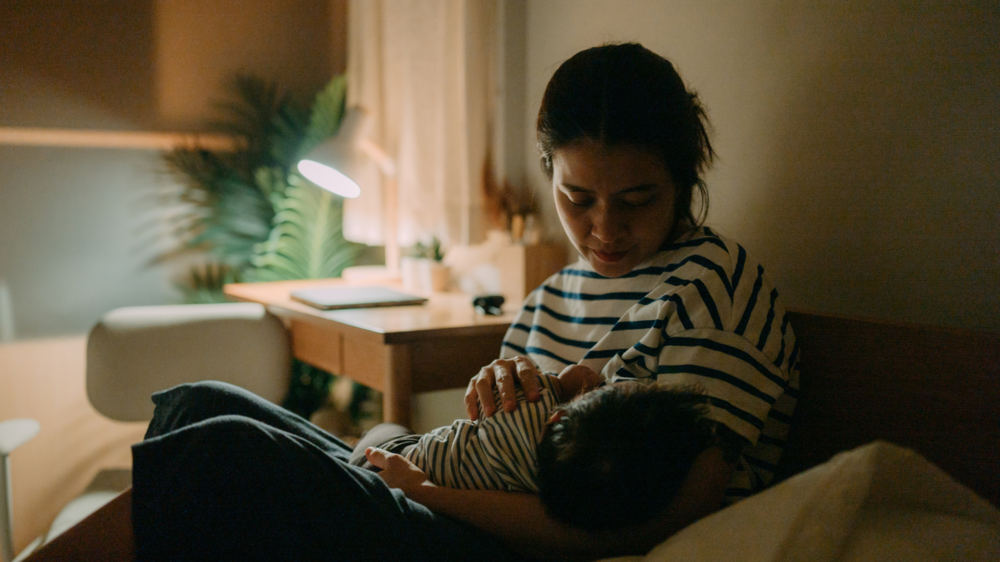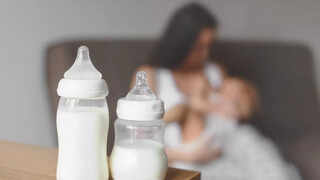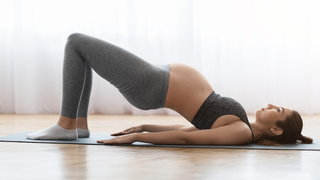In this article:
When Do Babies Usually Start Biting While Breastfeeding?
Teething can really make babies want to bite. Most babies get their first tooth between six and nine months, though for some it can appear a little earlier, around four to seven months. During this whole process, their gums can feel really sore and swollen as the teeth slowly push through. Your baby might bite to ease that pressure, just like they chew on toys. Usually, this biting happens more often right when a new tooth is about to come in.Why Babies Bite While Breastfeeding
Babies bite for a bunch of everyday reasons, and figuring out why can make it a lot easier to handle. Take a look at some of the most common triggers:- Teething discomfort: When a tooth is coming in, the gums can feel really sore and tender. Biting can actually feel soothing for your baby, similar to gnawing on a cold cloth or teether.
- Distraction or boredom: Sometimes babies bite near the end of a feed. Maybe they’re full or just losing interest. A bite can be their way of exploring, testing boundaries, or signalling that they’re done. You might notice them wriggling, pushing away, or looking around instead of focusing on nursing.
- Wanting attention: Babies are smart. If they feel you’re distracted or busy, a bite might be their way of saying, “Hey, look at me!” Maintaining eye contact and giving them your full attention while nursing can help prevent this.
- Issues with milk flow: The speed of milk can make a big difference. If the letdown is too abrupt, it can feel overwhelming, and a baby might clamp down or bite to slow it. On the other hand, if the milk flow is slow, your baby might get impatient and bite or pull to encourage more milk.
- Feeling unwell: A stuffy nose, cold, or ear infection can make swallowing tricky. When that happens, babies might bite instead of sucking properly, just because feeding is uncomfortable.
- Latch changes: As teeth come in, your baby's latch to the breast can change. Sometimes a tooth presses against your skin, which isn’t really biting. Other times, if the latch isn’t deep enough, it can cause nipping on the areola.
- Response to changes: Newborns can clamp down when moved suddenly. Older babies might bite when they’re frustrated by a slow milk supply or to stop the flow for a moment.
How to Stop a Baby From Biting During Breastfeeding
You actually have many gentle ways to handle biting without upsetting your baby. The key is to stay calm. Big reactions, like shouting, can scare your little one or even make biting more exciting for them. Instead, respond firmly but kindly.These are some practical steps you can try:
- Offer something cold to chew first: A chilled washcloth or teether can help soothe sore gums and reduce the urge to bite during nursing.
- Be ready to break suction: If your baby starts to bite, slip a finger gently into the corner of their mouth to break the suction immediately.
- Redirect to a teether or toy: Remove your baby from the breast and give them a toy to chew on instead. This teaches them that breasts aren’t for biting.
- Adjust the latch: Try a more reclined or laid-back hold to encourage a deeper latch. Belly-to-belly contact and having their chin touch the bottom of the breast helps them open wide and latch correctly.
- Give full attention during feeds: Focus on your baby, and praise softly when they nurse well without biting.
- Manage fast or slow milk flow: If the flow is too fast, express a little milk first, or briefly take your baby off until it slows. For slow flow, gently compress the breast to encourage more milk before your baby gets impatient.
Whether you’re pregnant, a new mom, or navigating postpartum, you don’t have to do it alone. Join our support group to connect, share, and support one another.
FAQs on Why Babies Bite While Breastfeeding and How to Stop It
- Can biting during breastfeeding cause infections?
Minor bites usually do not cause infections if nipples are kept clean and dry. - Which breastfeeding positions reduce biting?
Positions that support a proper latch can help prevent biting, such as laid-back or side-lying.











